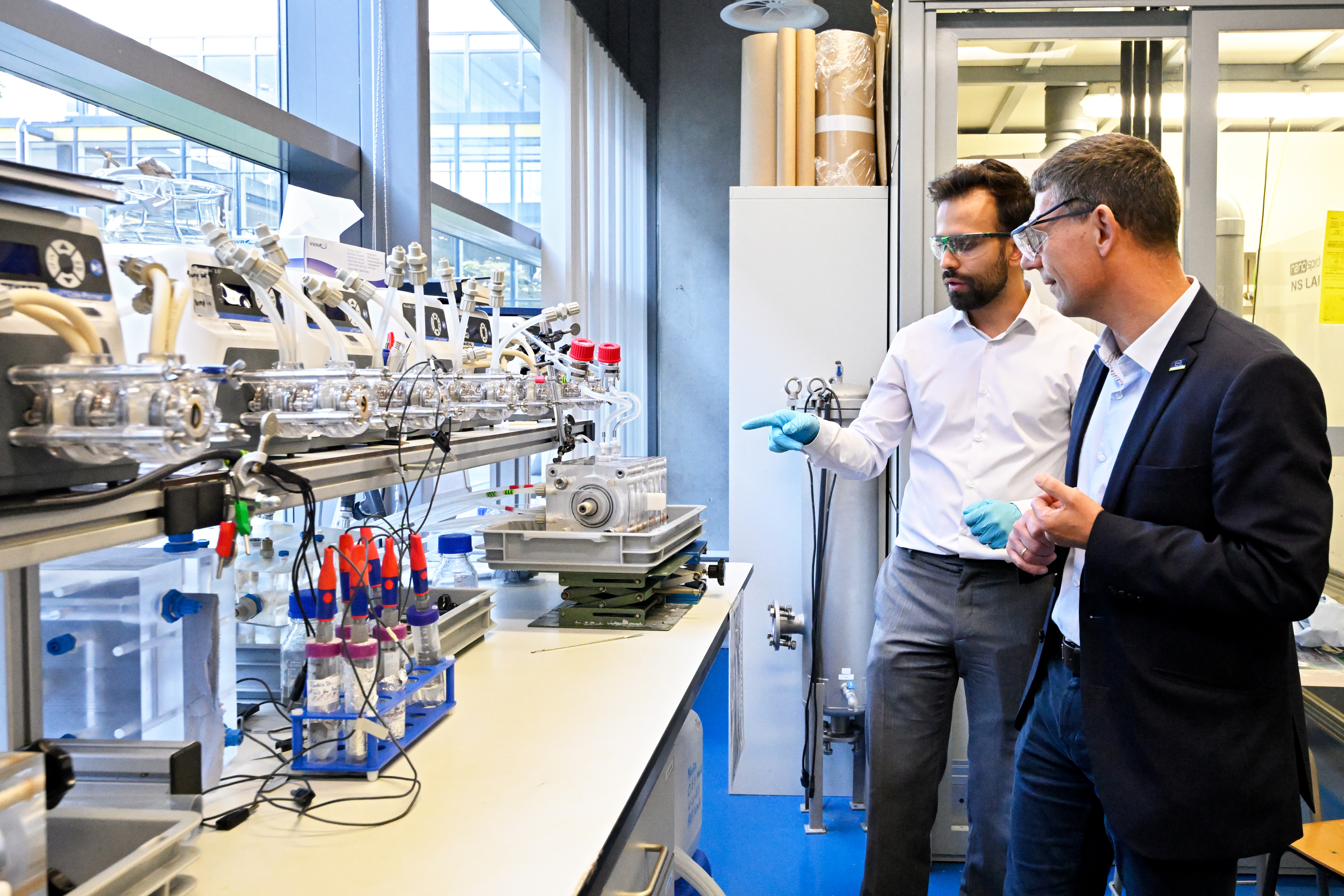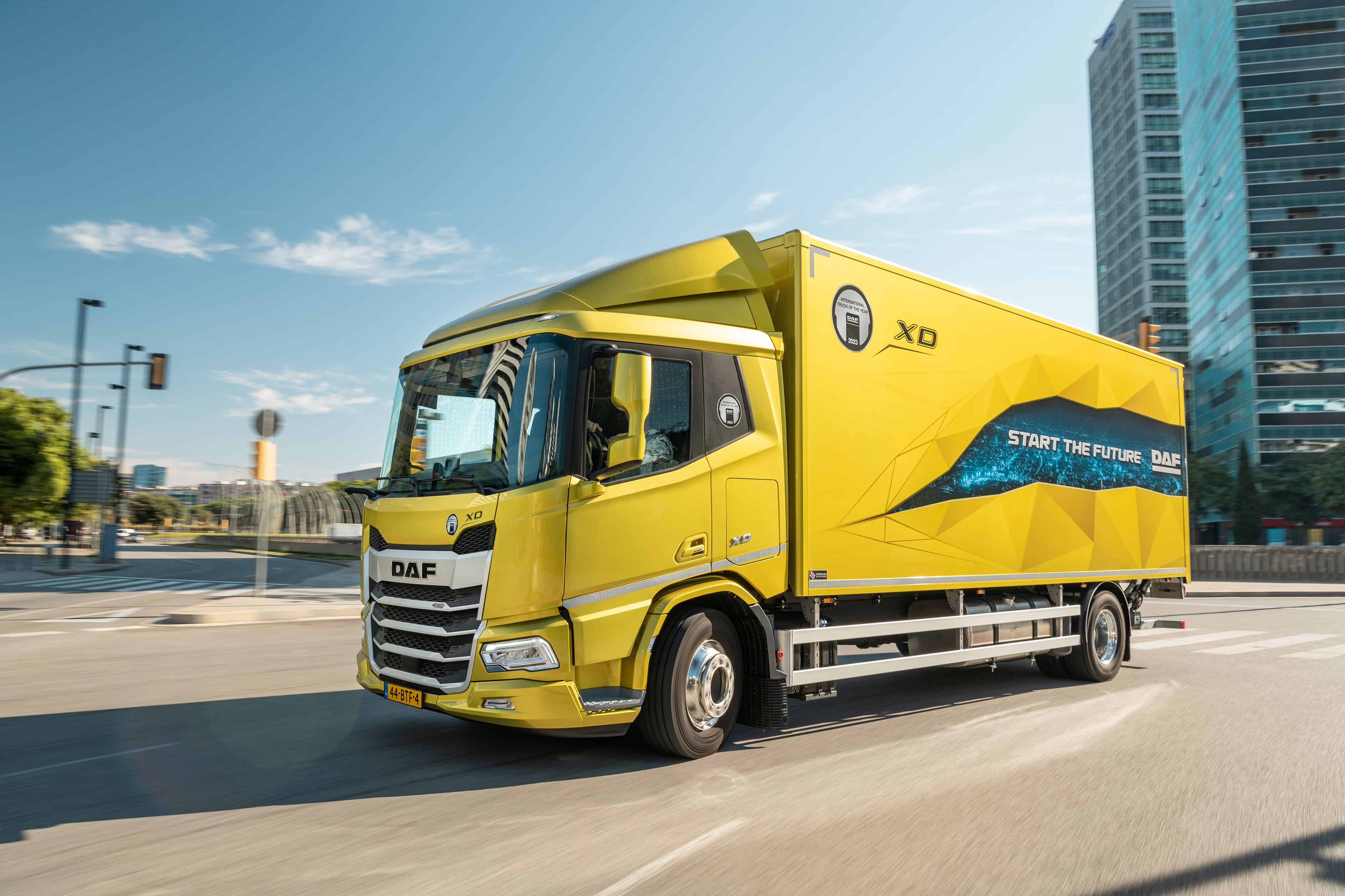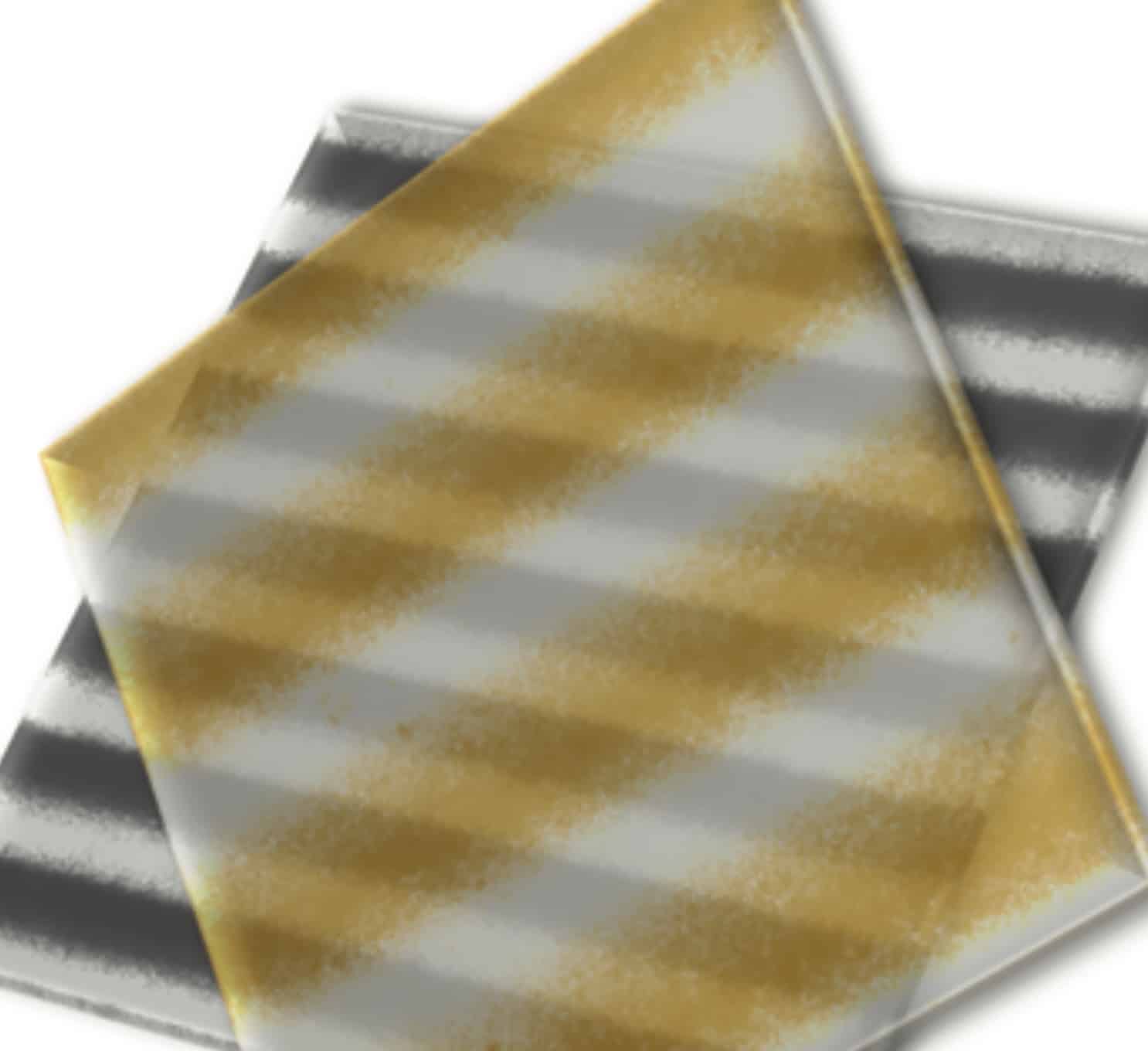
Hydrogen and fuel cell technology are going to play a big role in the world of the new, green energy system. But to fully exploit the potential of those fuel cells, the system must be further optimized.
A fuel cell is a system that converts chemical energy into electricity and heat. In fuel cell electric vehicles, the cell facilitates an electrochemical reaction between oxygen and hydrogen (the energy carrier) that creates an electric current and water. Porous gas diffusion electrodes (GDE) play a critical role at the heart of these electrochemical systems. The design determines their level of performance, durability and cost price. Heratec, an entrepreneurial project at Eindhoven University of Technology (TU/e), is working on a breakthrough technology to optimize these electrodes.

Entrepreneural spirit
Antoni Forner Cuenca laid the scientific foundation for the technology during his PhD at the Paul Scherrer Institute in Switzerland. Since 2019, he has been working as an assistant professor at TU/e. The Spaniard loves his work as a scientist and educator, but also enjoys translating lab developments into the real world. Now is the time to do something with that, even the great interest in hydrogen technologies. So last year, he began the Heratec project together with his colleague Rik van Gorp. “We’re not an actual company at the moment, but are exploring the possibilities of becoming one. I hope that in a year’s time, we will officially be a start-up.”
Overflow during intensive use
“The beauty of a fuel cell is that you put air and hydrogen in it and electricity comes out. While in operation, it’s essential that both liquid and gaseous phases can coexist. In today’s fuel cells, it is difficult to get the water that is produced in the cell out again. So with intensive use, the system overflows, as it were. There is then no more room for the gas. We are trying to create kinds of highways on which we can let the water and gas flow through the fuel cell separately,” Forner Cuenca explains.

Water-repellent and water-absorbing ‘highways’
At Heratec, they modify the chemical properties of the fuel cell to create hydrophilic (water-absorbing) and hydrophobic (water-repelling) channels. These channels are about as thin as a single hair. In this way, the researchers can influence on a very small scale which areas become wet and which don’t.
Heratec uses the so-called electron radiation grafting technology to create those channels in the material. This is how the hydrophobic channels are used. “We then dip the material in a hydrophilic solution in order to apply the ‘highways’ that do absorb water. This is how the chemical reaction can take place efficiently and a fuel cell is capable of functioning more intensively and for longer.”
Faculty of Impact
Heratec co-founder Rik van Gorp was recently appointed as one of ten fellows of the new, nationwide Faculty of Impact program. This fellowship will allow him to work full time on turning technical innovation into a successful enterprise with social impact.

Scaling
If all goes according to plan, a production line will be set up in five years and the first fuel cell vehicles with Heratec’s innovation will be on the road. To make it happen, the next two years will be all about scaling up, says Van Gorp. “We are going to further develop our fuel cells from 1 cm² to 25 cm² and eventually 100 cm². Then we will have reached a dimension that is relevant for industry. In doing so, it is very important that we work closely with parties in the hydrogen fuel cell industry and fine-tune our technology to fit their requirements.” Also, the industrial process of producing a GDE is complex; it comprises fifteen forming and heating steps. Therefore, it is crucial that Heratec can collaborate with suppliers of GDEs to apply its new coating technology on a large scale.

Blue sky research
Heratec works closely with several companies. It is a general trend for scientists to work more and more intensively with industry. This is a good thing, Forner Cuenca believes. “But, it is also crucial that there is room and abundant resources left for universities to do basic research. If we don’t keep doing that, you lose the disruptive, breakthrough ideas. Blue skies research, where both practical and economic goals are not immediately present, is extremely important. That’s also how Heratec was once created.”







